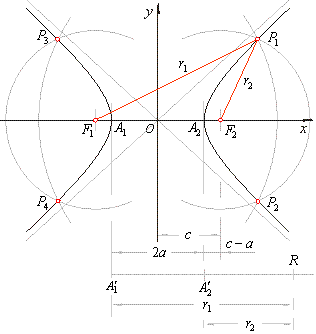
He also completed a table of logarithmic sines and tangents for the hundredth part of every degree to fourteen decimal places, with a table of natural sines to fifteen places and the tangents and secants for the same to ten places, all of which were printed at Gouda in 1631 and published in 1633 under the title of Trigonometria Britannica this work was probably a successor to his 1617 Logarithmorum Chilias Prima ("The First Thousand Logarithms"), which gave a brief account of logarithms and a long table of the first 1000 integers calculated to the 14th decimal place. This table was later extended by Adriaan Vlacq, but to 10 places, and by Alexander John Thompson to 20 places in 1952.īriggs was one of the first to use finite-difference methods to compute tables of functions. In 1624, Briggs published his Arithmetica Logarithmica, in folio, a work containing the logarithms of thirty thousand natural numbers to fourteen decimal places (1-20,000 and 90,001 to 100,000). During these conferences the alteration proposed by Briggs was agreed upon, and on his return from his second visit to Edinburgh, in 1617, he published the first chiliad of his logarithms. The following year he again visited for a similar purpose. In 1616 Henry Briggs visited John Napier at Edinburgh in order to discuss the suggested change to Napier's logarithms.

As was noted in 2000: In antiquity Archimedes gave a recipe for reducing multiplication to addition by making use of geometric progression of numbers and relating them to an arithmetic progression. In his book The Sand Reckoner, Archimedes used the myriad as the base of a number system designed to count the grains of sand in the universe. The common log is said to have base 10, but base 10,000 is ancient and still common in East Asia. : pp.16-18 Common logarithm Īs the common log of ten is one, of a hundred is two, and a thousand is three, the concept of common logarithms is very close to the decimal-positional number system. Briggs extended the concept to the more convenient base 10. Johannes Kepler praised it Edward Wright, an authority on navigation, translated Napier's Descriptio into English the next year. Napier's new method for computation gained rapid acceptance. : pp.6-8 Napier pioneered the use of a decimal point in numerical calculation, something that did not become commonplace until the next century. While in modern terms, the logarithm function can be explained simply as the inverse of the exponential function or as the integral of 1/ x, Napier worked decades before calculus was invented, the exponential function was understood, or coordinate geometry was developed by Descartes.

Napier conceived the logarithm as the relationship between two particles moving along a line, one at constant speed and the other at a speed proportional to its distance from a fixed endpoint. His son, Robert, published his father's book, Mirifici Logarithmorum Canonis Constructio ( Construction of the Wonderful Canon of Logarithms), with additions by Henry Briggs, in 1620. John Napier wrote a separate volume describing how he constructed his tables, but held off publication to see how his first book would be received. Napier described other uses, such as solving ratio problems, as well. These tables greatly simplified calculations in spherical trigonometry, which are central to astronomy and celestial navigation and which typically include products of sines, cosines and other functions. The book contains fifty-seven pages of explanatory matter and ninety pages of tables of trigonometric functions and their natural logarithms. The method of logarithms was publicly propounded for the first time by John Napier in 1614, in his book entitled Mirifici Logarithmorum Canonis Descriptio ( Description of the Wonderful Canon of Logarithms). A breakthrough generating the natural logarithm was the result of a search for an expression of area against a rectangular hyperbola, and required the assimilation of a new function into standard mathematics. The idea of logarithms was also used to construct the slide rule, which became ubiquitous in science and engineering until the 1970s. Tables of logarithms were published in many forms over four centuries.

Hobson called it "one of the very greatest scientific discoveries that the world has seen." : p.5 Henry Briggs introduced common (base 10) logarithms, which were easier to use. The Napierian logarithms were published first in 1614. The history of logarithms is the story of a correspondence (in modern terms, a group isomorphism) between multiplication on the positive real numbers and addition on the real number line that was formalized in seventeenth century Europe and was widely used to simplify calculation until the advent of the digital computer. A page from Napier's Mirifici logarithmorum tables, with trigonometric and log trig data for 34 degrees


 0 kommentar(er)
0 kommentar(er)
